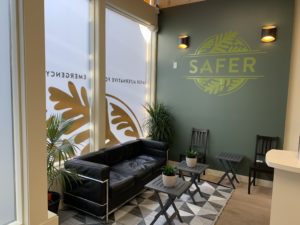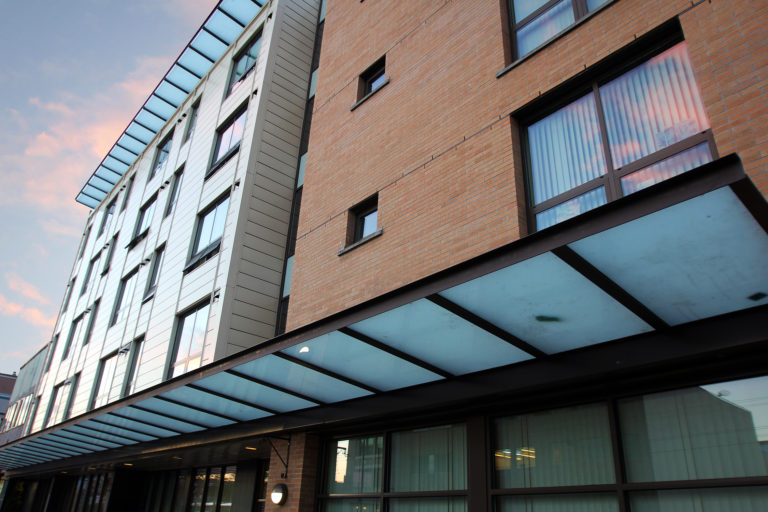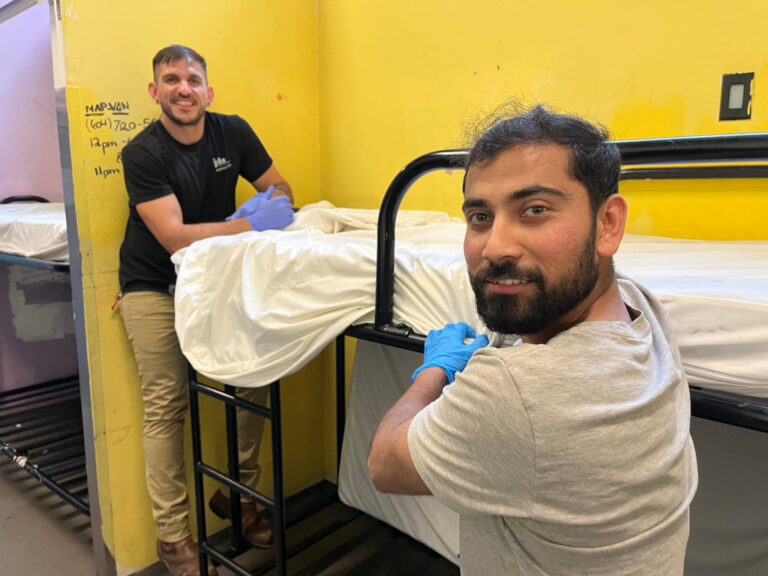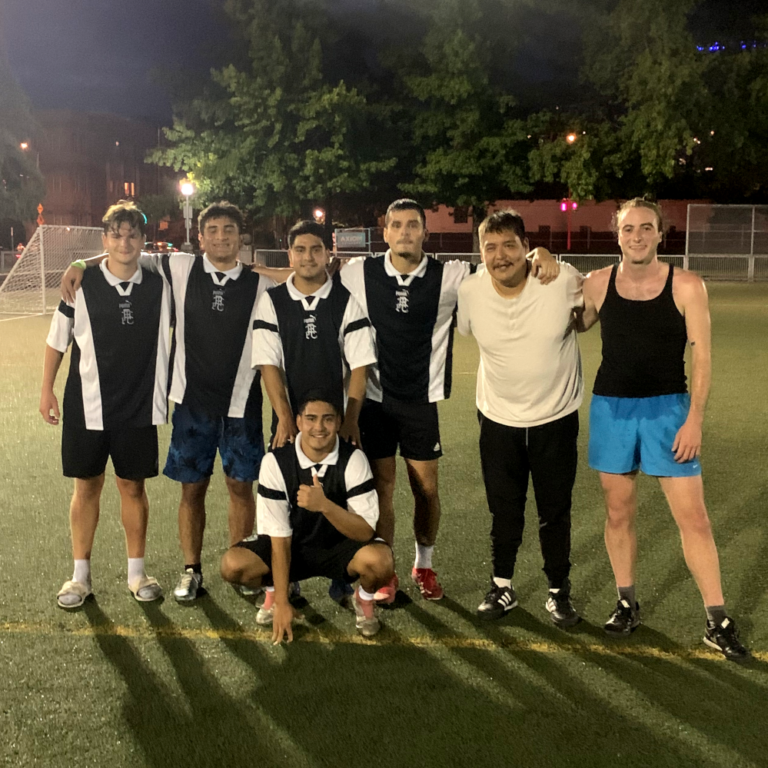More than 10,000 deaths have been recorded in B.C. due to unregulated drugs since the 2016 overdose public emergency was declared.
According to the latest available figures, there were 146 deaths in June. It means that for the first six months of 2022, more than 1,000 individuals have died of drug poisoning in the province.
Making the announcement, Chief Coroner Lisa Lapointe observed: “These were men, women and youth from all walks of life. They lived in our neighbourhoods, worked in our workplaces and played on our sports teams.
“Some lived ordinary lives, while others faced enormous challenges. All of them fell prey to the lethal supply of illicit drugs that is omnipresent.”
She once again stressed the urgent need for safe supply alternatives to toxic illicit drugs, at a news conference on Tuesday.
“We are recognizing drug use as a symptom and realizing that punishment and stigmatizing only causes further harm,” she said.
“Encouraging compassionate treatment and support is the only way to move British Columbians out of harm’s way and out of this public health crisis.”
Unregulated drugs are the leading cause of death for people aged 19 – 39 in the province. And these are becoming even more toxic, with fentanyl and carfentanil, plus the addition of sedatives including benzodiazepines (“benzo dope”) and animal tranquilizers such as xylazine (“tranq dope”).
Sedatives are added to extend the effects of fentanyl, but they depress the central nervous system, increasing the risk of overdose. They also complicate overdose response as they can leave people unconscious even after naloxone has restored breathing. In addition, repeated use can create long-term health complications.
“Chronic xylazine use is also likely to contribute to the presence of wide-spread skin abscesses with possible infection,” according to a BC Centre for Disease Control healthcare provider information sheet. “Lengthy blackout periods, coma and deaths have been reported.”
Safe supply is urgent way forward
While there is no single solution to the overdose crisis, safe supply is arguably the most urgent element. Simply put, it replaces toxic drugs with non-toxic drugs.
PHS is currently innovating in the field, prescribing medical-grade drugs to people who would otherwise be using the adulterated street supply.
We launched two innovative safe supply programs in 2022 which pilot new medication protocols.
 In March we opened our new site for SAFER – Safer Alternative for Emergency Response. We’d actually opened the program at a satellite location while we got the new location ready, but the new dedicated space means we can expand to full capacity.
In March we opened our new site for SAFER – Safer Alternative for Emergency Response. We’d actually opened the program at a satellite location while we got the new location ready, but the new dedicated space means we can expand to full capacity.
Ultimately, up to 200 people per year should be able to receive a SAFER prescription, visiting the clinic at various times during the day for witnessed consumption along with low barrier access to primary care, oral opioid agonist treatment and recovery programs. They are supported by PHS staff and Peer Navigators, who have lived or living experience of drug use.
In April, PHS launched the Enhanced Access safe supply program. It’s for people who have already stabilized on a safe supply program such as SAFER and don’t need to make repeated daily visits for consumption. The safe supply medications are prescribed for off-site use and participants pay for their prescription medications at the program site. The cost is on par with street prices to remove financial incentives to sell on. The SAFER witnessed consumption and Enhanced Access payment model act as barriers to diversion.
A safe supply is what’s needed to turn the tide of drug poisoning deaths.
- Learn more about innovative PHS programs and our supportive housing in Vancouver and Victoria, B.C.
- Donate to continue innovative projects like these.



